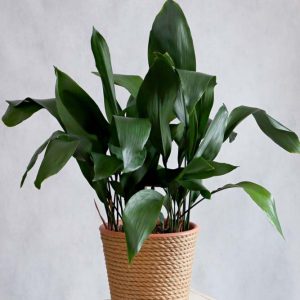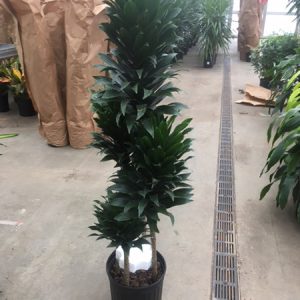Description
Olearia – Daisy Bush –
There are about 180 species of shrubs and small tree, and some herbaceous perennials in this genus. They occur in a wide variety of habitats, including, coastal areas, bogs, forest, riverbanks, and mountain scrub, in Australia and New Zealand. They have generally aromatic, alternate, occasionally clustered, simple, usually leathery leaves, which are white or buff with tiny soft hairs on the undersides. They are grown for their daisy like flower heads, often with colorful petal (white, cream, blue, lavender, purple or pink), held singly, or in corymbs or panicles, that smother the plant in spring to fall. Olearias are suitable for planting in a shrub border, or in a sheltered site if not fully hardy. Some, such as O. x haastii, O. macrodonta, and O. traversii, may be grown as hedges and windbreaks, particularly in coastal areas.
Grow in moderately fertile, well drained soil in full sun or part shade, with shelter from cold, drying winds. Many are tolerant of salt, wind and atmospheric pollution. Prune after flowering to prevent it from becoming leggy.
O. paniculata – Akiraho – This native to New Zealand can grow to 20′ feet tall, but is more usually seen as a shrub half that height. The bark is coarsely grooved and pale yellow-green, wavy edged, oval leaves, are grayish white beneath, and up to 2 ½” long. The clustered, creamy white flowers appear in fall and, while lacking conspicuous petal, they are pleasantly scented. The species is tolerant of exposed coastal positions and can be planted as a windbreak or clipped hedge. It will not tolerate wet conditions.
Zones 9-11




